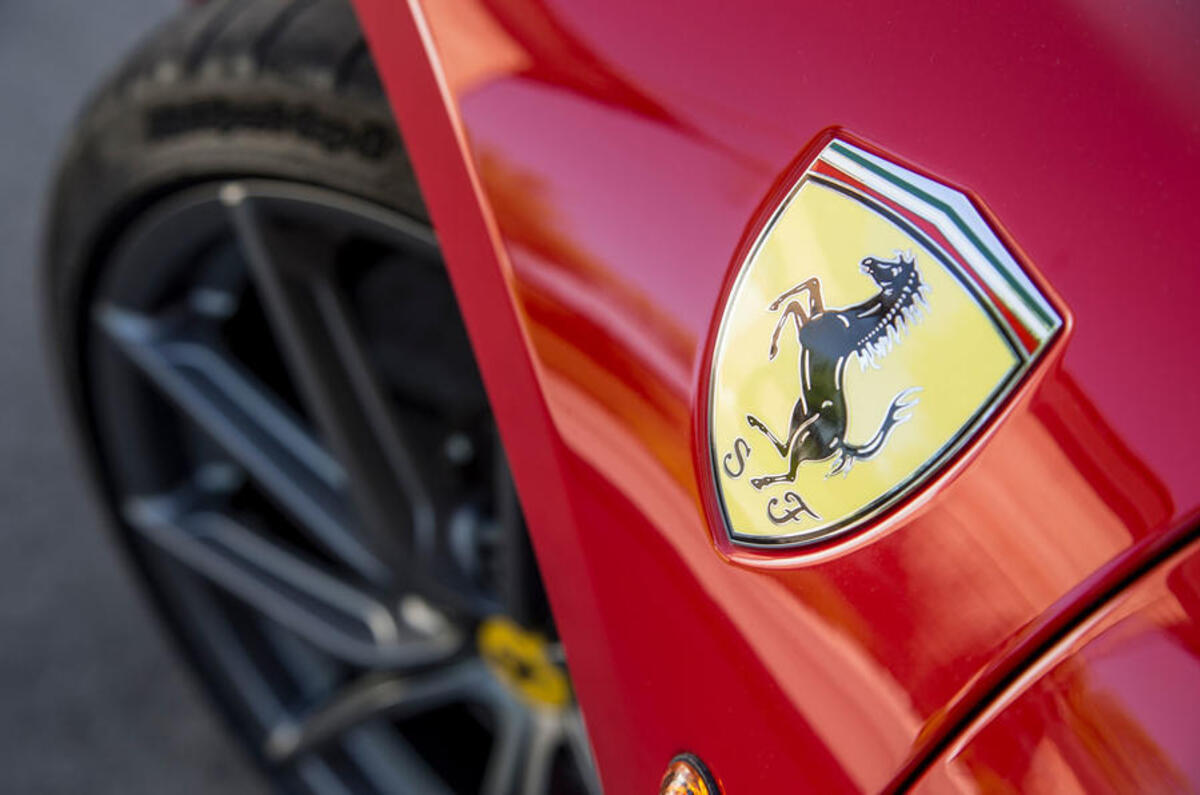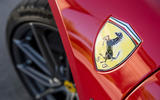Ferrari has reorganised its business structure to “enrich product excellence” and help accelerate its move to carbon-neutrality by 2030, with big-name hires from a semiconductor manufacturing giant.
Five strategic departments - product development; research and development; digital and data; technologies and infrastructure; and purchasing and quality – will now report directly to Ferrari CEO Benedetto Vigna.
Ferrari says its new structure will allow for further innovation, optimised processes and increased innovation, leading to additional collaboration opportunities.
“We want to push the boundaries further in all areas by harnessing technology in a unique Ferrari way,” Vigna said. “Our new organisation will enhance our agility, essential to seizing the opportunities ahead of us in this fast-evolving environment.”
Other departments, such as brand diversification, design and content and communication will also continue to report to the CEO directly.
The leadership team has also been expanded by promoting current Ferrari employees and through external hires, the firm said, with several executive moves from Europe’s largest semiconductor chip manufacturer.
Ernesto Lasalandra, former research and development chief at ST Microelectronics, has been moved into a similar role at the Italian car maker.
Angelo Pesci, who spent 20 years with the semiconductor giant, has been appointed chief purchasing and quality officer.
Vigna himself joined from ST Microelectronics last September, before three members of its senior management team departed, including chief technology officer Michael Leiters.
Meanwhile, Gianmaria Fulgenzi, who has worked for Ferrari since 2002, has been assigned the role of chief product development officer.
Silvia Gabrielli, at Ferrari since 2019 and formerly of Microsoft, has become chief digital and data officer.
Ferrari’s move to electric propulsion is penned for 2030, with the firm’s first EV due in 2025. The Italian manufacturer previously said it wouldn't move to electric until the technology would allow it "to produce a car that fits with our position”.
“If we bring in new technology, then we need to bring something new to the market. That’s how Ferrari has always worked with new technology. The evolution of new technology is 100% in the DNA of Ferrari,” chairman John Elkann told Autocar.









Join the debate
Add your comment
It seems a really good strategy to boost the semiconductor/software side, as that is where the competitive advantage is for new companies in the EV market. Legacy carmakers who don't embrace better software and EV tech seem likely to fall behind.